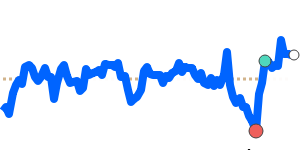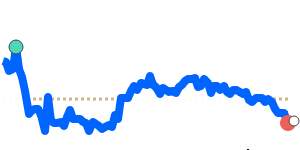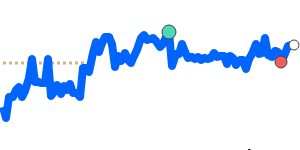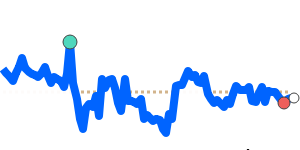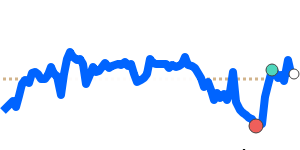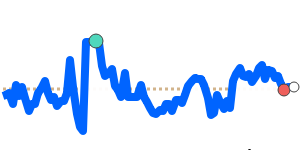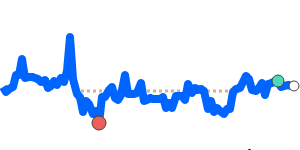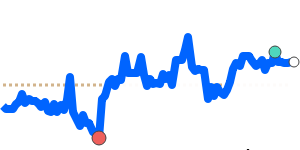In recent weeks, the Thai baht (THB) has demonstrated notable strength against several major currencies, buoyed by a series of domestic and international developments. From December 1 to 16, 2025, the baht appreciated by 2.2% against its regional counterparts, outperforming the Malaysian ringgit, the Japanese yen, and the Singapore dollar. This rally reflects improved investor sentiment regarding Thailand’s economic outlook.
Amid these positive movements, the Bank of Thailand has implemented tighter scrutiny on dollar transactions, particularly influencing the gold trading sector. This regulatory action aims to manage the baht's rapid appreciation. In a contrasting stance, the Monetary Policy Committee decided to cut the policy interest rate by 0.25% to 1.25% on December 17, 2025, intending to invigorate economic growth affected by sluggish conditions.
Looking ahead, the Fiscal Policy Office has forecasted a stronger baht transitioning into 2026, predicting an average exchange rate of 31.8 per US dollar. This expected strength is attributed to a weaker US dollar, increasing capital inflows, and a strong current account surplus.
Currently, the THB has shown significant movement against key currencies. The exchange rate to USD stands at 0.032176, which is 3.5% above its 3-month average of 0.031089, with trading stability demonstrated within a 5.8% range. Against the EUR, the THB is at 0.027329, enjoying a 2.3% premium compared to its 3-month average, while against the GBP, it is trading at 0.023834, 2.0% above its average. Notably, the pair against the JPY has reached highs near 5.0401, considerably above its average, showing a volatile trading history.
These market trends underscore an optimistic but cautious sentiment as analysts monitor the complex interplay of domestic policies and global economic forces shaping the value of the Thai baht.
